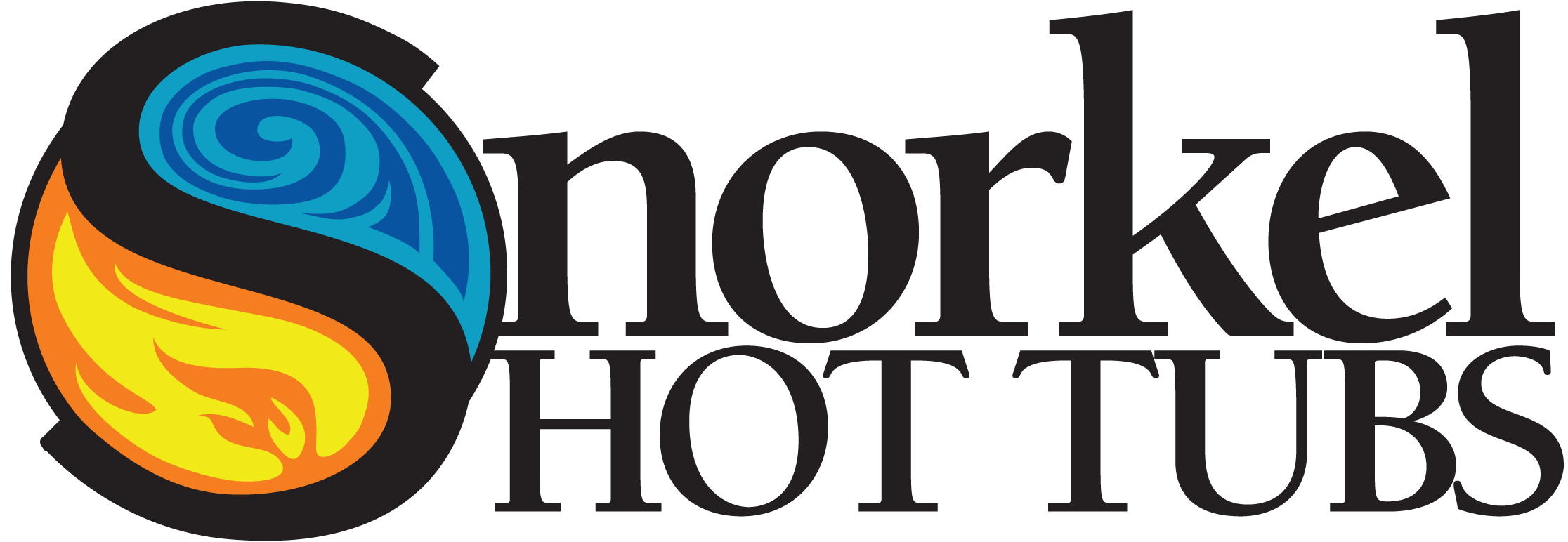Design Options
3 Principal Decision Areas In Designing Your Hot Tub
There are 3 principal decision areas in designing your hot tub, type of heating, tub size and control system (for conventionally heated tubs).
Choose your Heat Source
For most people, the choice between wood-fired and conventionally heated hot tubs is simple and obvious. Wood –fired hot tubbing either fits with their interests and lifestyle or it doesn’t. The choice between gas heat, electric heat or heat pump can be a bit more of a debate, but electric heating usually wins out as it is cheaper to purchase and install.
Gas heat offers heating rates 3 times faster than electric when comparing the standard configurations of 11kW for electric and 125,000 BTUs for gas heaters. That said, heat up times are generally only of significance when heating up a tub of fresh water after a drain and clean. Gas heat may make economic sense where electric rates are high and/or panel capacity is a problem.
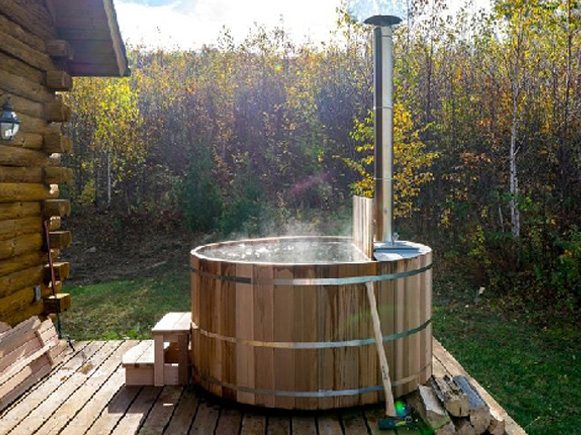
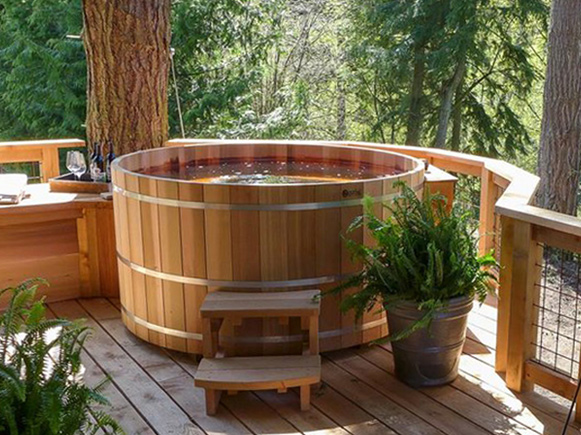
The new Balboa Clim8zone heat pump is a great addition to the heating options. It has a maximum heat output of 6.3kW and can provide heat with ambient air temperatures as low as –4°F. Like all heat pumps, however, its heat output declines with ambient air temperatures so we recommend pairing it with electric heat in all except the most mild climates.
For a more complete discussion on the merits of wood-fired heating, please visit the pages on Wood-Fired Basics and Underwater Wood Stoves.
For an in-depth look at the electric heat, gas heat and heat pump options, please visit the Heating System Option pages.
Choose your Control System
Most people are drawn to our Power Pak™ control systems, and with good reason. The heart of Power Pak™ is Balboa’s latest digital control board. The system allows for Wi-Fi control of your hot tub from anywhere using your smart phone. And, it can be seamlessly integrated with the most efficient heat pump on the market, Balboa’s Clim8zone which can provide heat down to -4F.
On top of that, the Power Pak™ is UL listed as an integrated system. This is a requirement for permitting/passing inspection in an increasing number of states and cities.
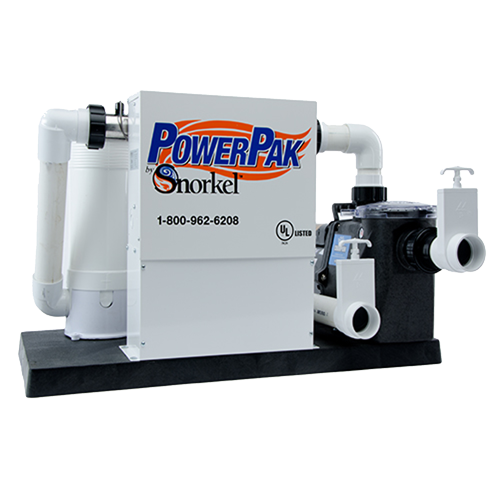
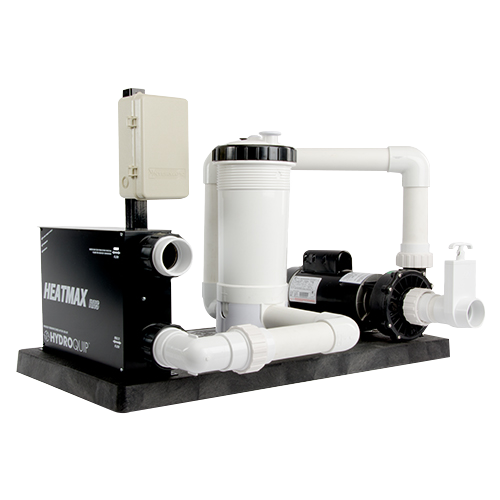
While the Power Pak™ may provide all the latest bells and whistles, our Classic Pak™ may be the best solution for people in rural areas and those with access problems such as islands. Any system can develop problems and digital systems will generally require a pool and spa tech to diagnose and fix them.
If there are no pool/spa techs in the area or if no one is willing to drive to get to the site any digital based system may be a bad fit. You should check on the availability spa techs to service your area before making a decision. The Classic Pak™ is very simple and problems can be addressed by the homeowner or an electrician.
For more information on the control systems, please visit Control System Options.
Choose Your Tub Size
Choosing the best tub size for your needs is probably the most difficult decision. There are many considerations that can impact your choice, among them:
Site Considerations:
- Is there enough horizontal space for the tub and supporting pad?
- Is there ready access to electric and/or gas hook up?
- Is it close to the house and easily accessible? The closer to the house, the more likely the tub will be used.
- Is electrical panel/gas meter capacity sufficient?
Who Will be Using the Tub
- Will children be using the tub?
- Are there special needs for ingress/egress?
- How much personal space is desired?
- How many people typically use the tub?
- Will the tub be used for anything like limited water exercise in addition to relaxing?
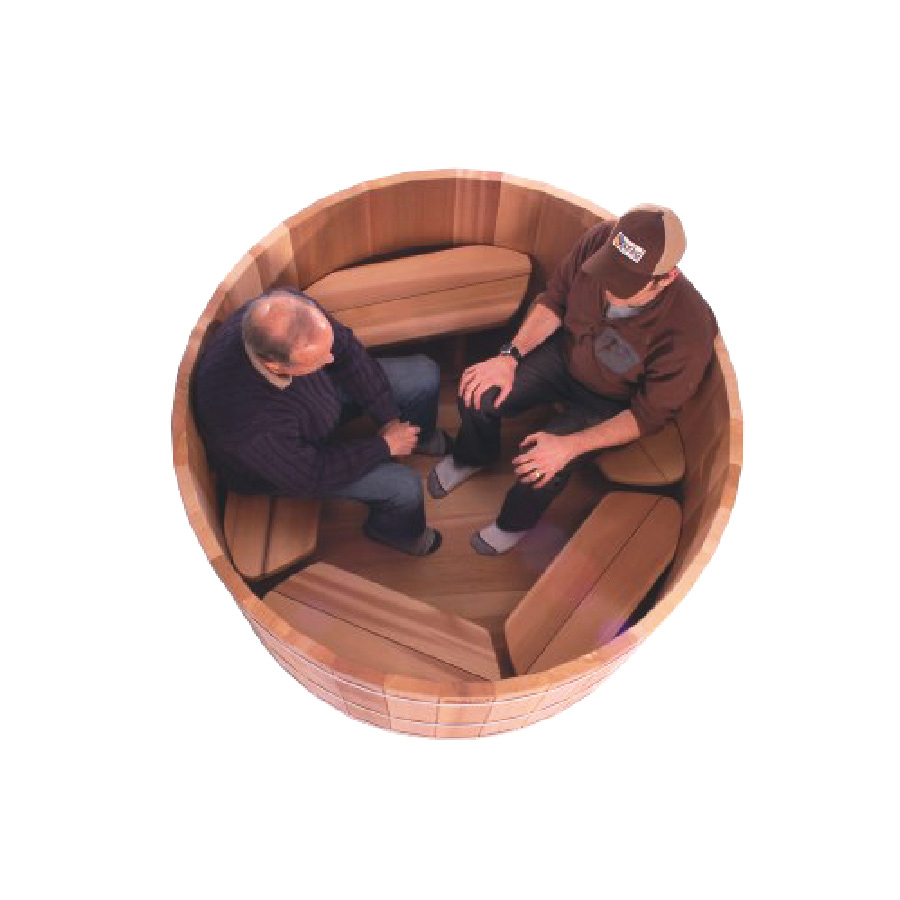
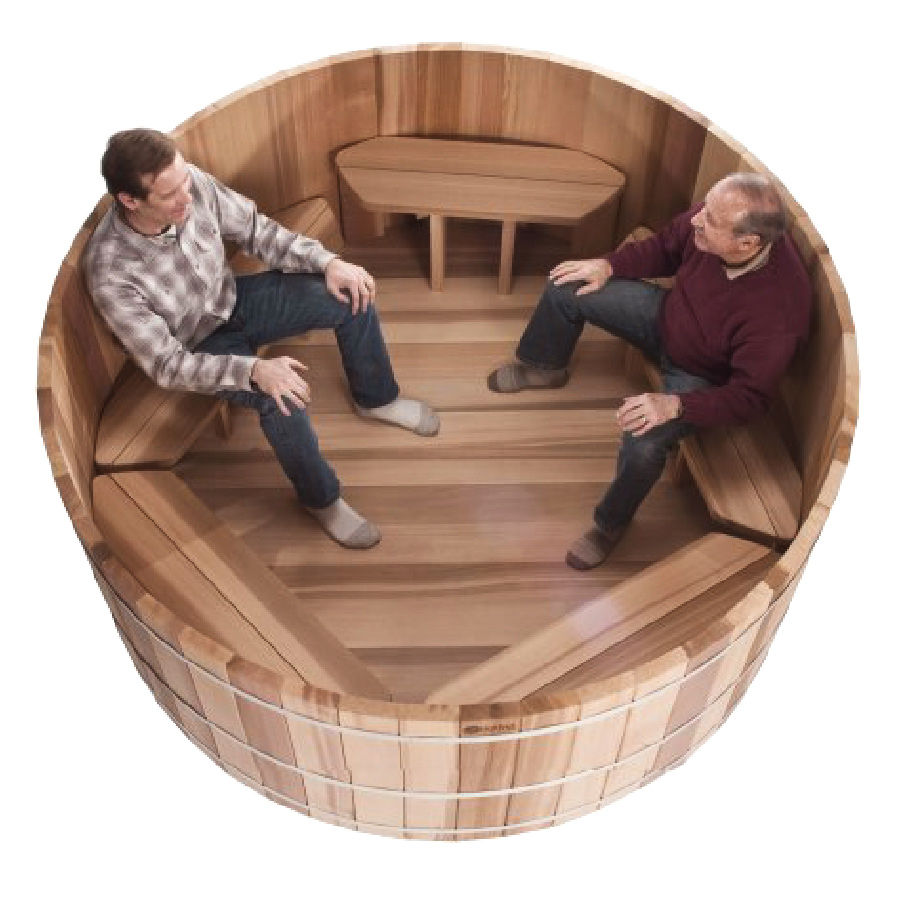
The list of sizing considerations could go on, but the above are some of the most common. Once you understand your needs, then you can zero in on the tub size best for you.
When looking at tub sizes there are only two elements to consider, height and diameter, but there are tradeoffs between the two.
One is that a four foot tub of a given diameter holds about the same amount of water as a three foot high tub of the next larger diameter. The 3’ high tub of the next larger diameter will generally hold 1-2 more people and provide more legroom at about the same cost as the smaller 4’ high tub with the same amount of water to heat and maintain.
For example, a 6′ diameter x 3′ deep tub holds approximately the same amount of water as a 5′ diameter x 4′ deep tub. Both tubs have the same amount of water to heat, but the 6×3 tub holds 5-6 people v. 4-5 for the 5×4 and allows more useful “lounging room.” This tradeoff is particularly important for wood-fired hot tubs where more water means longer heat up times.
Tub Height
Most people choose our 3′ high tubs. The water depth of a 3’ high tub is 31″. That is the same height as most sofa backs, so it provides more of a lounging style experience.
The 4’ high tubs have an interior water depth of 43”. That depth forces most people to sit quite upright, much like in a formal dining room chair with feet close to the bench. Accordingly, the extra depth typically allows for one more person in the tub v. the same diameter 3’ high.
We generally recommend the 3’ high tub unless you are very tall, have limited horizontal space for the tub or plan to use it for limited water exercise.
Both illustrations reflect average height person on medium height bench.
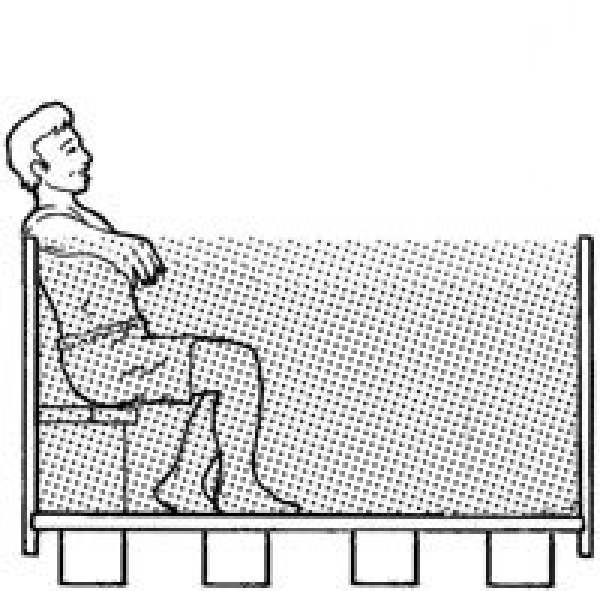
3’ High Tub
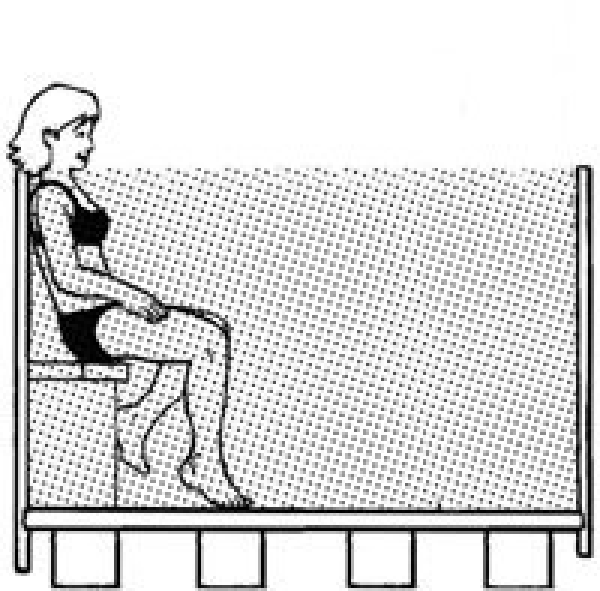
4’ High Tub
Another consideration in choosing tub height, particularly for wood-fired hot tubs is the water volume. With wood-fired hot tubs you want the maximum seating capacity with a minimum of water to heat. Heating is usually from an ambient temperature and you want to heat up the tub as quickly as possible. That is a prime reason 3’ high tubs are popular for wood-fired hot tubs.
Tub Diameter
We offer tubs in a wide variety of diameters, 4′, 5′, 6′, 7′, or even 8′ diameter.
Choosing the best hot tub diameter can involves tradeoffs. The bigger the diameter the more legroom. However, the bigger the hot tub, the more it costs, both up front and in heating and maintenance.
We generally recommend selecting the smallest diameter that is consistent with the number of people who will typically be using your tub and desired legroom. You can always squeeze in a few more ”tubbers” on those special occasions when extra friends or family show up.
Bigger may be better in some situations, but tubs that are 7×4 or bigger require a lot of water to fill and more BTUs/kilowatts to heat. In colder climates they may require upgraded (18 or 24kW) electric heaters. If you are in an area where water is scarce and energy is expensive, opt for the smallest practical tub for your needs.
The overhead images below are to provide an idea of leg and foot room in the various diameter x height tubs. The man in the bulky sweater is 5’ 8” tall and the other is 6’ 1” tall. The images showing the seating for 4’ tall tubs were taken using 3’ tall tubs (to provide a better view of feet and legs) with the bench heights we use in 4’ tall tubs. The more upright posture with legs and feet more directly underneath the person can be clearly seen when using the bench heights for 4′ high tubs.
The need for personal space in a hot tub is highly individualistic so rather than prescribing a certain size tub for typical occupancy, the images below along with general guidance from us should help you choose the best tub for your needs.
Other Considerations
Our jet systems use air induction (the Venturi effect) to induce air bubbles into the stream of water that goes through the jets. It is the air bubbles that add force and massaging effect to the water coming through the jets. When you order a jetted hot tub you have two choices for air intakes, one for all jets or one for each jet. See images at right for examples.
Individual air jets allow each jet to be individually controlled as to the amount of bubbles, if any, are in the water jet stream. The air intake is controlled by a dial at the top of the short run of PVC pipe that goes down to the jet fitting. When open, the air intake can create a whistling noise that some people find objectionable as it is right in back of their head. The single air dial approach can alleviate the noise issue because it can be located anywhere, within reason, around the tub.
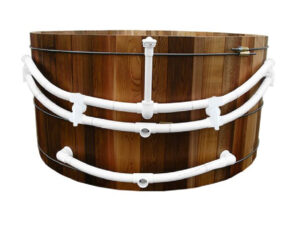
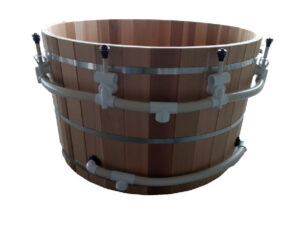
SEATING FOR CONVENTIONALLY HEATED TUBS
Seating images for 5×4, 6×4 and 7×4 tubs are shown with bench heights for 4′ tall tubs in 3′ tall tubs for better visibility of foot and legroom.
SEATING FOR WOOD-FIRED TUBS
Seating images for 5×4, 6×4 and 7×4 tubs are shown with bench heights for 4′ tall tubs in 3′ tall tubs for better visibility of foot and legroom.
TUB ACCESSORIES
There is a wide range of accessories for both wood-fired hot tubs and our conventionally heated hot tubs that will make them more enjoyable. Some of the more popular accessories for each type of hot tub are show below. You can look at the complete accessories available for wood-fired hot tubs here and for conventionally heated hot tubs here.
